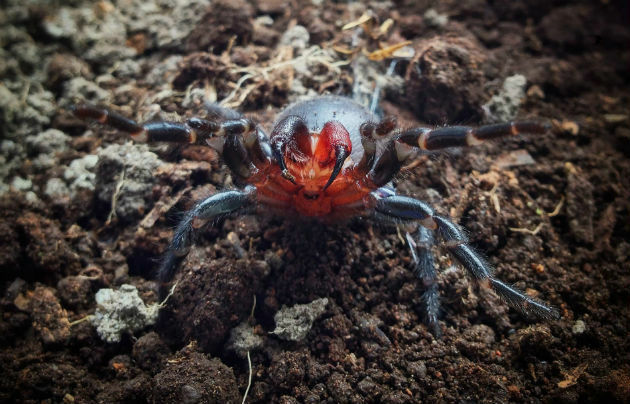Planet Earth is believed to have formed approximately 4.6 billion years ago, and the composition of the atmosphere was totally different from what we see today. According to Oparin and Haldane, who developed one of the theories about the origin of life, electrical discharges from storms and ultraviolet rays from the sun would have supplied energy for chemical reactions between the molecules of the atmosphere, originating simple organic substances, such as amino acids and carbohydrates. Also according to Oparin and Haldane, these simple substances would have undergone several transformations until they originated living beings similar to the prokaryotes we know today.
It follows that the first living being that inhabited the Earth was able to survive by absorbing simple molecules. found dissolved in water, and since there was no oxygen in the atmosphere, these organisms had to get energy through the fermentation.
As time passed, conditions on Earth and living beings changed, and autotrophic organisms capable of carrying out photosynthesis initially using carbon dioxide and hydrogen sulphide, a process still carried out today by bacteria known as sulfobacteria. About three billion years ago bacteria emerged capable of using water instead of hydrogen sulfide gas in carrying out photosynthesis, and because the Earth has a large availability of water, these bacteria have spread across the planet, causing a proliferation so large that the concentration of oxygen in the atmosphere has increased considerably, causing a great impact on the environment.
Do not stop now... There's more after the advertising ;)
With the high concentration of oxygen in the atmosphere, many organisms became extinct, as they did not have the organism developed to take advantage of this gas. Over time, many living beings have gone through several mutations and organisms capable of using oxygen from the atmosphere for aerobic respiration have emerged. Because this type of breathing produces more energy than fermentation, this process was advantageous and spread, increasing the population of heterotrophs.
By Paula Louredo
Graduated in Biology
Would you like to reference this text in a school or academic work? Look:
MORAES, Paula Louredo. "Evolution of breathing"; Brazil School. Available in: https://brasilescola.uol.com.br/biologia/evolucao-respiracao.htm. Accessed on June 28, 2021.



